Home>Interior Design>Kids’ Room Ideas: 32 Ways To Create Playful And Practical Spaces
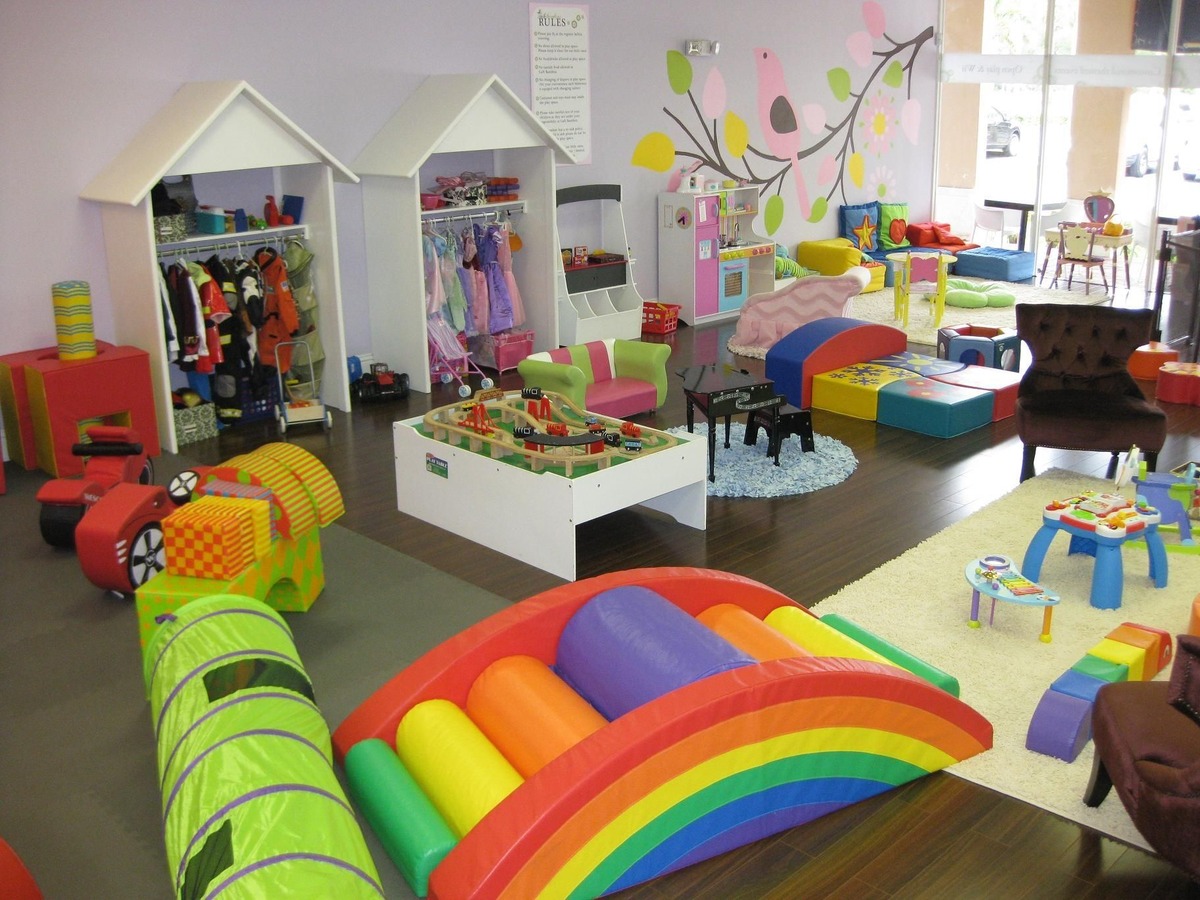

Interior Design
Kids’ Room Ideas: 32 Ways To Create Playful And Practical Spaces
Modified: January 19, 2024
Discover 32 creative and functional interior design ideas for kids' rooms, perfect for creating playful and practical spaces.
(Many of the links in this article redirect to a specific reviewed product. Your purchase of these products through affiliate links helps to generate commission for Storables.com, at no extra cost. Learn more)
Introduction
When it comes to designing a kid’s room, it’s all about creating a space that is not only visually appealing but also fun, practical, and stimulating for their growing minds. A well-designed kid’s room can enhance their creativity, boost their imagination, and provide a comfortable haven for play, learning, and relaxation.
From choosing the right colors to incorporating interactive play areas, there are countless ways to transform a regular room into a playful and practical space that your child will love. In this article, we will explore 32 exciting and innovative ideas to inspire your kid’s room design.
Whether you have a toddler, a school-aged child, or a teenager, these ideas can be tailored to suit various age groups and personal preferences. So, let’s dive in and discover how to create a vibrant and functional room that reflects your child’s personality and supports their growth and development.
Key Takeaways:
- Spark your child’s creativity and imagination with vibrant colors, fun furniture, and interactive play areas. Create a personalized and nurturing space that reflects their personality and supports their growth and development.
- Transform your child’s room into a magical and educational haven with cozy bedding, imaginative decor, and outdoor-inspired elements. Engage them in the design process to foster a sense of ownership and pride in their space.
Colorful Walls
Amp up the energy in your kid’s room by choosing vibrant wall colors that reflect their personality and create a playful atmosphere. Bold and bright colors like primary red, sunny yellow, or sky blue can instantly liven up the space and stimulate their imagination.
If you’re not ready to commit to a specific color, consider using wallpaper or wall decals. These options allow you to easily change the look of the room without the hassle of repainting. Look for patterns and designs that align with your child’s interests, such as space exploration, animals, or superheroes.
To add visual interest and create a focal point, consider creating an accent wall. Paint one wall a contrasting color or use a different texture, such as a chalkboard or magnetic paint, to encourage creativity and interactivity. This can be the perfect spot for your child to express their artistic side or display their favorite artwork.
Fun Furniture
Furniture plays a crucial role in creating a playful and practical space for your child. Incorporating themed furniture can add a touch of fun and whimsy to the room. Look for pieces that reflect their interests and hobbies, such as a spaceship-shaped bed for the aspiring astronaut or a princess-themed vanity for the little princess.
Opting for multi-functional furniture is a smart choice for smaller spaces or for rooms that need to serve multiple purposes. Consider a loft bed with built-in storage or a desk underneath for studying and organizing their belongings. This not only saves space but also encourages a sense of organization and responsibility.
In addition to traditional seating options, adding playful seating alternatives can make the room more inviting and interactive. Consider incorporating bean bags, floor pillows, or a mini sofa that your child can relax, read, or play games on. These seating options can also serve as valuable conversation and lounging areas for playdates and sleepovers.
Creative Storage Solutions
Keeping a kid’s room organized can be a constant challenge, but with the right storage solutions, you can create a clutter-free and functional space. Here are a few creative ideas to maximize storage:
- Using bins and baskets: Invest in colorful bins and baskets that are not only practical but also add a pop of color to the room. Label them with words or pictures to help your child easily identify and put away their toys, books, and other belongings.
- Installing floating shelves: Floating shelves not only provide additional storage but also serve as a decorative element. Use them to display your child’s favorite books, toys, or artwork. You can also mix and match different-sized shelves for a unique and visually appealing look.
- Utilizing under-bed storage: Make the most of the space under the bed by incorporating storage containers or drawers. This is a great place to store out-of-season clothes, extra bedding, or toys that your child doesn’t use as often. Consider using clear containers or labeling them for easy access.
When organizing the room, involve your child in the process and teach them the importance of tidying up. By creating a designated place for each item, you can instill good habits and help them take responsibility for their belongings.
Imaginative Decor
Add a touch of magic and creativity to your child’s room with imaginative decor that reflects their interests and sparks their imagination. Here are some ideas to inspire you:
- Hanging artwork and posters: Choose colorful and whimsical artwork or posters that feature their favorite characters, animals, or scenes. Not only does this liven up the walls, but it also allows your child to showcase their personal style and interests.
- Displaying stuffed animals and toys: Rather than stashing away their stuffed animals and toys in a bin, consider creating a display area where they can be showcased. Install shelves or a hanging net to create a “zoo” for their beloved companions, giving the room a playful and inviting atmosphere.
- Incorporating themed decorations: If your child has a particular interest or passion, incorporate themed decorations that bring their favorite theme to life. Whether it’s outer space, the ocean, or a princess castle, there are countless decor items available to match their imagination.
Remember to involve your child in selecting and arranging the decor items. Letting them have a say in the room design will not only make them feel empowered but also foster a sense of ownership and pride in their space.
Read more: How To Fix E2 Error In A Washing Machine
Interactive Play Areas
Designing interactive play areas in your child’s room encourages them to engage in imaginative play and promotes their creativity. Here are some ideas to create engaging play spaces:
- Setting up a reading nook: Designate a cozy corner for reading by adding a comfortable chair or bean bag, a small bookshelf filled with age-appropriate books, and soft lighting. Make it inviting with plush cushions and blankets to create a peaceful and calming atmosphere for reading adventures.
- Designing a mini art studio: If your child has a passion for art, designate a specific area for their creativity to flow. Include a sturdy table or easel, art supplies such as paints, crayons, and colored pencils, and a corkboard to display their masterpieces. Consider adding a wall-mounted paper roll for endless drawing possibilities.
- Creating a pretend play corner: Fuel your child’s imagination by designing a space for pretend play. Set up a play kitchen complete with utensils, pots, and pans, or create a dress-up area with costumes and a mirror. Incorporate storage bins or hooks to keep everything tidy and easily accessible for impromptu play sessions.
These interactive play areas not only provide opportunities for creative play but also encourage your child’s cognitive, social, and emotional development. Encourage them to spend time in these areas and engage in imaginative play with siblings, friends, or even on their own.
When designing a kids’ room, consider using multi-functional furniture such as bunk beds with built-in storage or desks. This can help maximize space and provide practical solutions for organization.
Personalization and DIY Projects
Add a personal touch to your child’s room by incorporating personalized decor and engaging in fun DIY projects together. Here are some ideas:
- Customizing wall art and decor: Get creative with wall art by customizing it to reflect your child’s interests and personality. Paint or stencil their favorite quotes or images on canvases, or create a gallery wall showcasing their artwork and photographs. This not only adds a bespoke touch but also creates a sense of pride and ownership.
- Making unique name signs: Personalize your child’s space by creating a unique name sign. You can use wooden letters, colorful foam letters, or even create a name banner using fabric and felt. Hang it on the wall or door to add a special touch to their room.
- Crafting personalized storage solutions: Turn organization into a fun DIY project by crafting personalized storage solutions. Paint or decorate plain storage bins with your child’s favorite themes or colors. You can also repurpose old crates or boxes and decorate them with decoupage or stickers. This not only adds a personal touch but also helps teach your child the importance of keeping their belongings organized.
Engaging in DIY projects allows you to bond with your child while also enhancing their creativity and problem-solving skills. It’s an opportunity to create memories and design unique pieces that truly reflect their personality and style.
Cozy and Comfortable Bedding
Creating a cozy and inviting bed for your child is essential for a restful and enjoyable sleep. Here are some ideas to make their bedding cozy and comfortable:
- Choosing soft and playful bedding: Opt for soft and cozy bedding materials, such as cotton or flannel, that are gentle on your child’s skin. Consider bedding sets with their favorite characters, patterns, or themes to make their bed feel welcoming and fun.
- Adding decorative pillows and throws: Accentuate the bed with decorative pillows and throws that match the room’s theme or color scheme. Incorporate playful shapes or textures to add visual interest and encourage cozy lounging. Choose pillows and throws that are not only decorative but also functional for naps and reading sessions.
- Creating a cozy reading nook on the bed: Transform a corner of the bed into a cozy reading nook by adding a canopy, curtains, or a special reading tent. Fill it with soft cushions or a reading pillow, and include a bookshelf or storage pocket nearby to keep their favorite books within reach.
A comfortable and inviting bed not only promotes better sleep but also serves as a cozy retreat for your child to relax, read, and unwind. It’s an essential part of creating a nurturing environment for their overall well-being.
Educational and Learning Spaces
Creating dedicated spaces for learning and educational activities in your child’s room can foster a love for knowledge and discovery. Here are some ideas to make learning fun:
- Setting up a study area: Designate a specific area for studying and homework. Provide a desk or a table with a comfortable chair and organize school supplies within easy reach. Personalize the space with a bulletin board or a whiteboard to display important reminders or showcase their achievements.
- Incorporating educational toys and games: Fill the room with educational toys and games that promote learning and problem-solving skills. Choose toys that encourage creativity, critical thinking, and skill development in areas such as math, science, language, and art.
- Creating a science or exploration corner: Spark your child’s curiosity by creating a dedicated space for scientific exploration. Include a magnifying glass, a microscope, or a telescope to encourage them to observe and explore their surroundings. You can also set up a nature table or display area for their collections of rocks, shells, or other natural treasures.
By providing these educational and learning spaces within their room, you can support your child’s intellectual growth and create a stimulating environment for their educational pursuits. Encourage them to spend time in these areas and engage in activities that ignite their curiosity and love for learning.
Lighting and Ambiance
The right lighting can transform a kid’s room from ordinary to extraordinary, creating a warm and inviting ambiance. Here are some ideas to enhance the lighting in your child’s room:
- Installing colorful and playful lighting fixtures: Choose lighting fixtures that are not only functional but also visually appealing. Look for options with fun shapes, colorful shades, or themed designs that reflect your child’s interests. This can include pendant lights, wall sconces, or table lamps.
- Adding string lights or fairy lights: String lights or fairy lights add a touch of magic to the room. Hang them along the walls, drape them around a canopy or headboard, or create a creative display by arranging them in a jar or a transparent container. The soft and twinkling glow creates a cozy atmosphere and can double as a night light.
- Incorporating natural light with curtains and blinds: Make the most of natural light by incorporating curtains or blinds that allow for easy adjustment. Opt for light or sheer curtains to let in ample natural light during the day. At night, you can use blackout curtains or blinds to create a dark and restful environment for sleep.
By combining different lighting elements, you can create a versatile and captivating ambiance in your child’s room. It enables them to adjust the lighting according to their activities, whether it’s reading, playing, or winding down for bedtime.
Outdoor-Inspired Elements
Bringing the beauty of the outdoors into your child’s room can create a sense of tranquility and spark their imagination. Here are some ideas to incorporate outdoor-inspired elements:
- Bringing nature indoors with plants: Add a touch of greenery by incorporating plants into the room. Choose low-maintenance houseplants that are safe for children and place them on shelves, desks, or windowsills. Not only do plants beautify the space, but they also improve air quality and create a calming atmosphere.
- Creating a camping or adventure-themed area: Transform a corner of the room into a camping or adventure-themed area. Set up a small tent or canopy, add cozy bedding, and place camping-inspired accessories like lanterns, maps, and binoculars. This creates a sense of exploration and encourages imaginative play.
- Adding elements of the beach or forest: Bring the serenity of the beach or the enchantment of the forest into the room with themed accessories. Hang a fishing net and shell collection on the wall, or place a mini sandbox or a moss terrarium as a centerpiece. These elements can transport your child to their favorite outdoor destinations.
By incorporating outdoor-inspired elements, you can create a soothing and adventurous atmosphere in your child’s room. It provides a sense of connection with nature and offers endless possibilities for imaginative play and relaxation.
Conclusion
Designing a playful and practical space for your child’s room is a wonderful opportunity to spark their creativity, stimulate their imagination, and create a nurturing environment. By incorporating the ideas outlined in this article, you can transform their room into a vibrant and functional space that reflects their personality and supports their growth and development.
From colorful walls and fun furniture to creative storage solutions and imaginative decor, there are endless possibilities to bring their room to life. Creating interactive play areas, personalizing the space with DIY projects, and ensuring cozy and comfortable bedding all contribute to a room that your child will love and enjoy spending time in.
Don’t forget to incorporate educational and learning spaces, providing a study area, incorporating educational toys and games, and creating a science or exploration corner to nurture their love for learning. The right lighting and ambiance can set the mood and create a magical atmosphere, while outdoor-inspired elements bring nature’s wonder inside their room.
Remember, involving your child in the design process and allowing their preferences and interests to shine through will make the room feel truly special and personal to them. Encourage their input, creativity, and organizational skills, and let them take pride in their space.
With these comprehensive and engaging interior design ideas, you can create a room that not only reflects your child’s individuality but also provides a space where they can thrive, learn, play, and relax. So unleash your creativity, embrace their uniqueness, and create a room that will truly make your child’s imagination soar!
Frequently Asked Questions about Kids’ Room Ideas: 32 Ways To Create Playful And Practical Spaces
Was this page helpful?
At Storables.com, we guarantee accurate and reliable information. Our content, validated by Expert Board Contributors, is crafted following stringent Editorial Policies. We're committed to providing you with well-researched, expert-backed insights for all your informational needs.




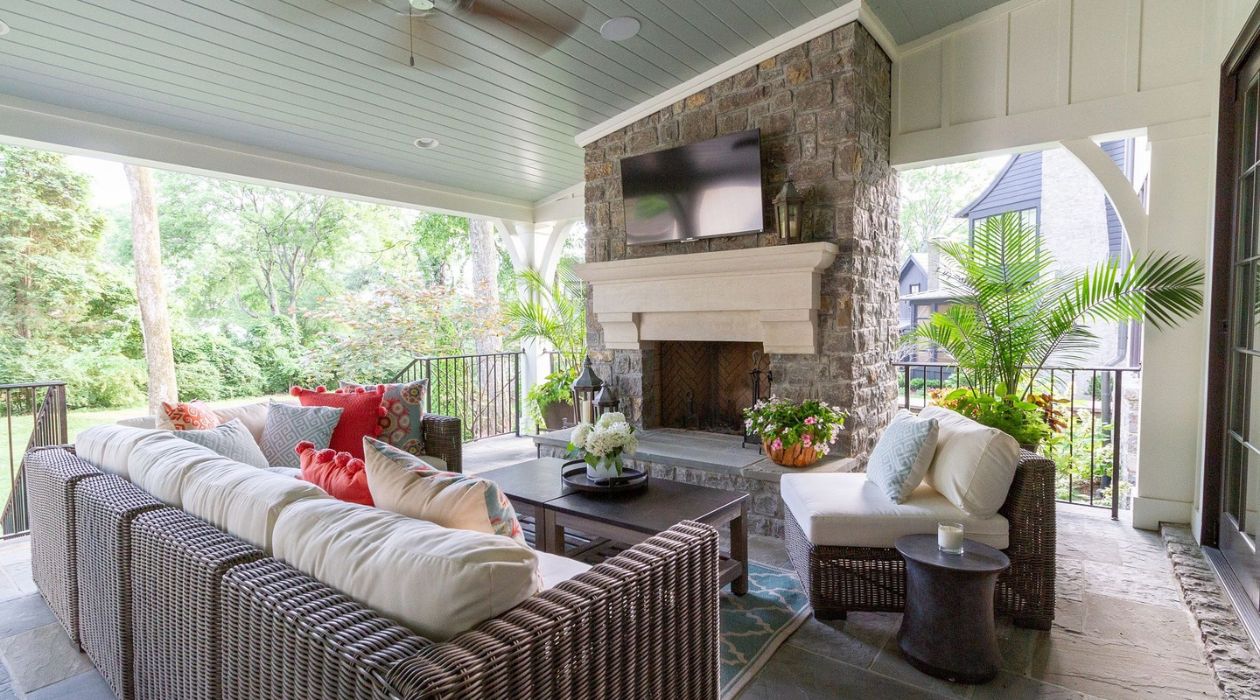




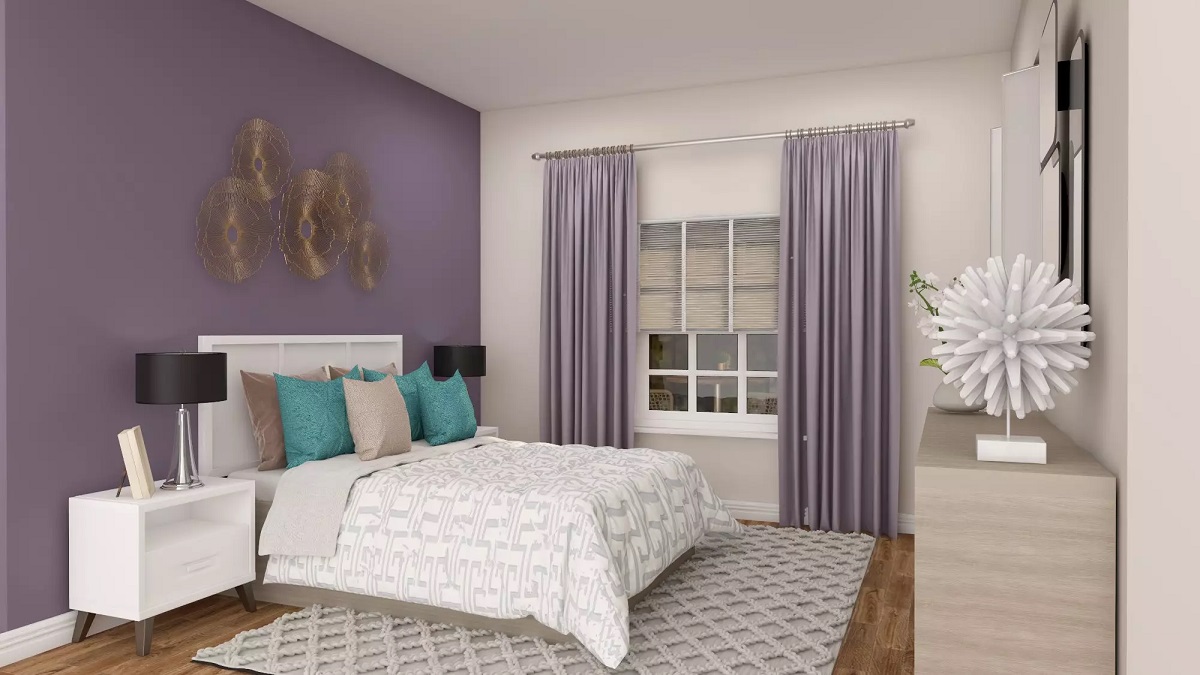
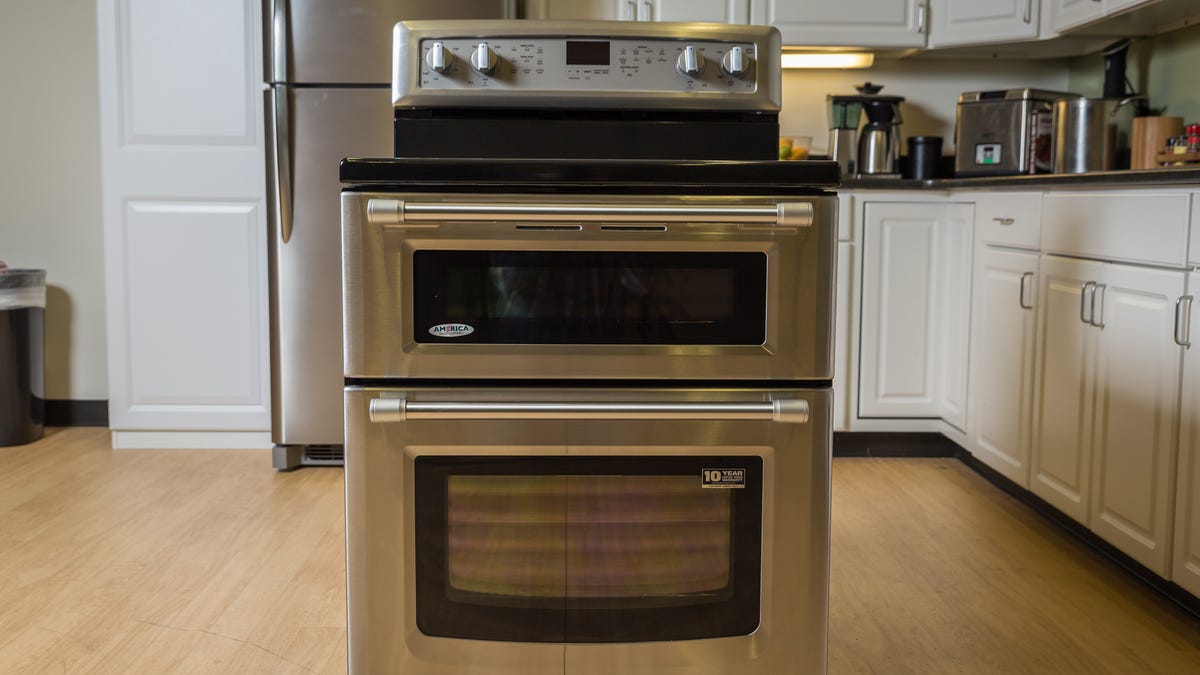
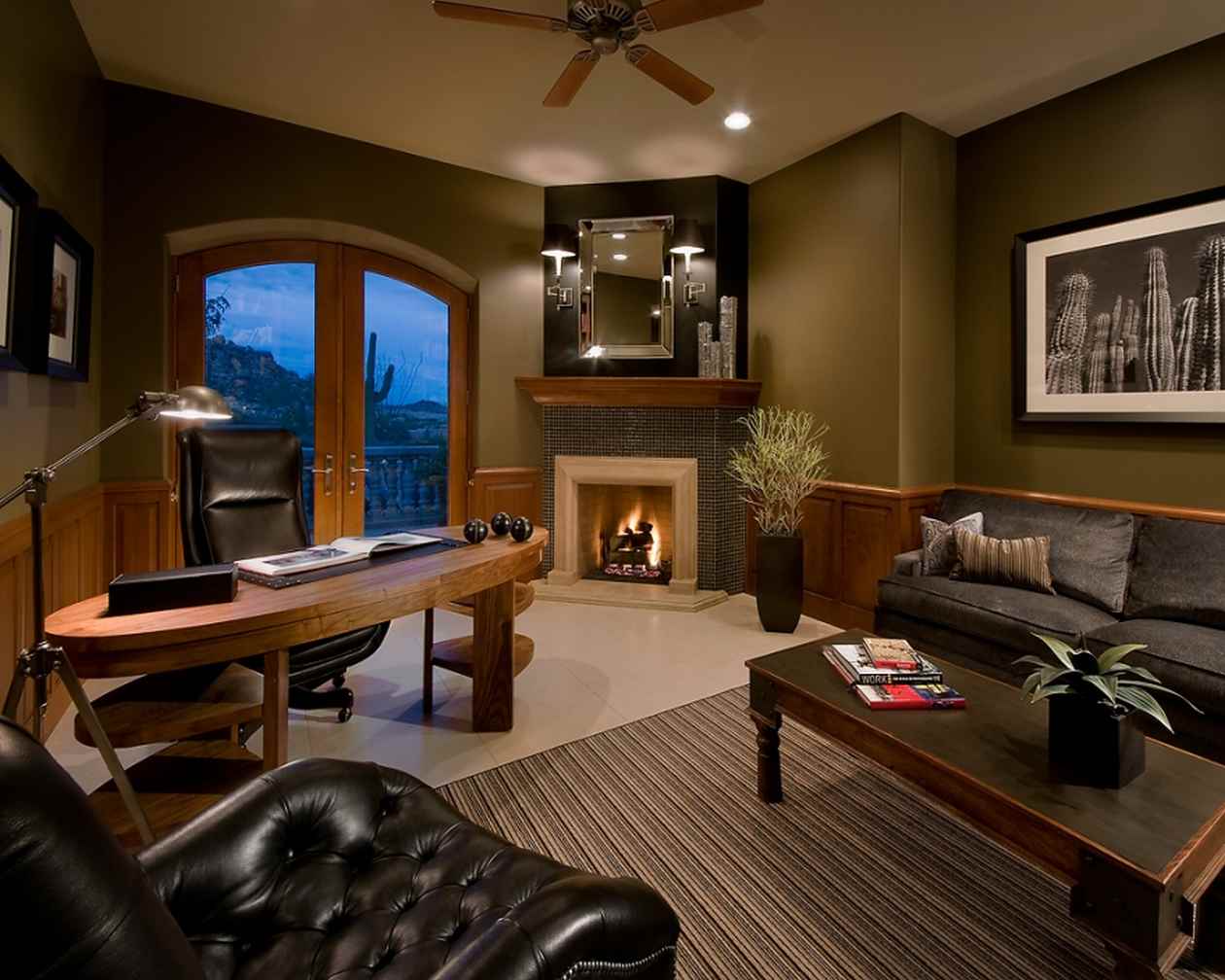
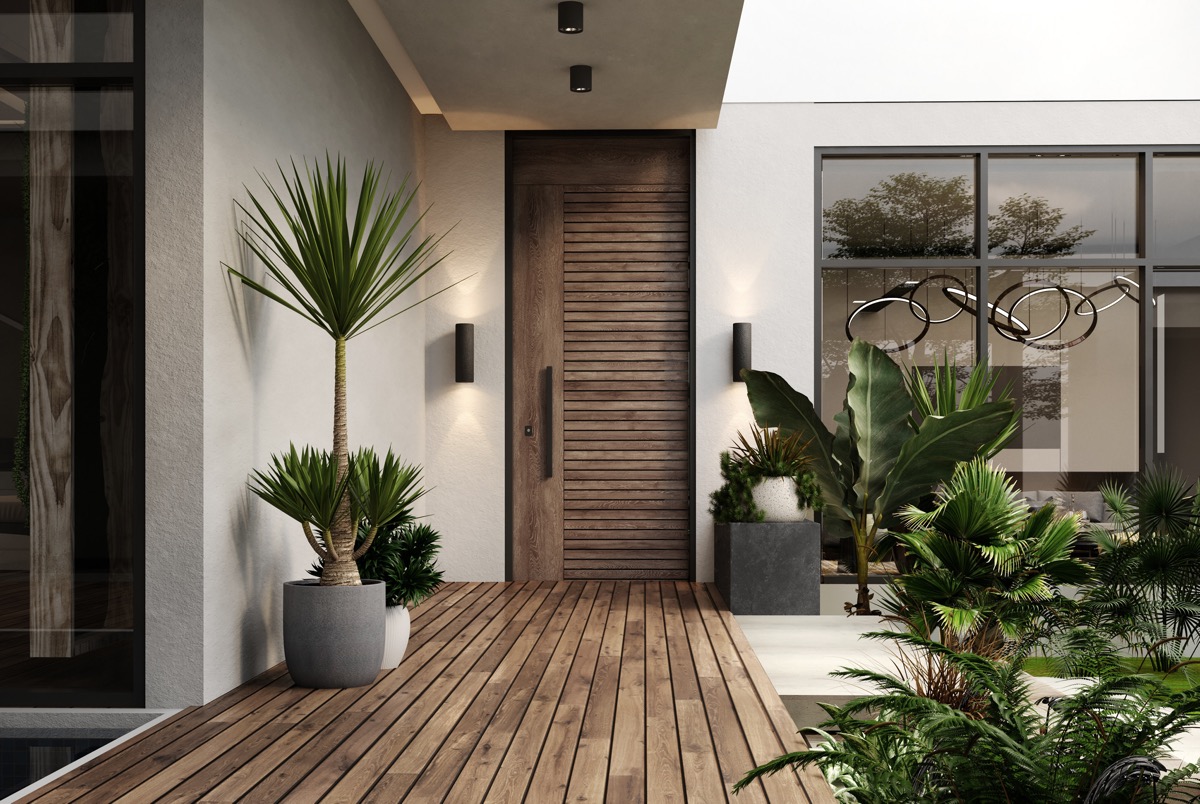

0 thoughts on “Kids’ Room Ideas: 32 Ways To Create Playful And Practical Spaces”